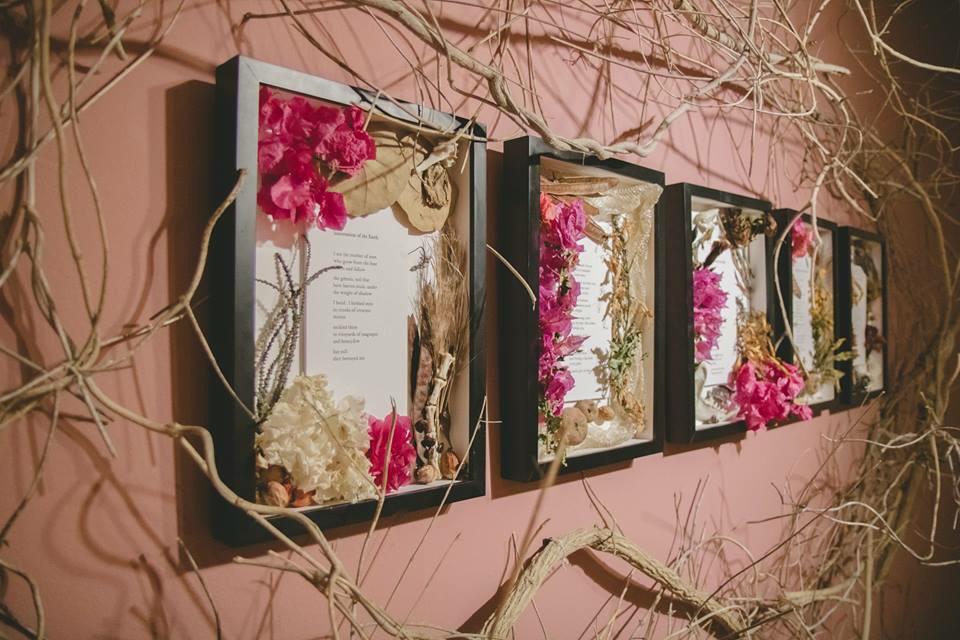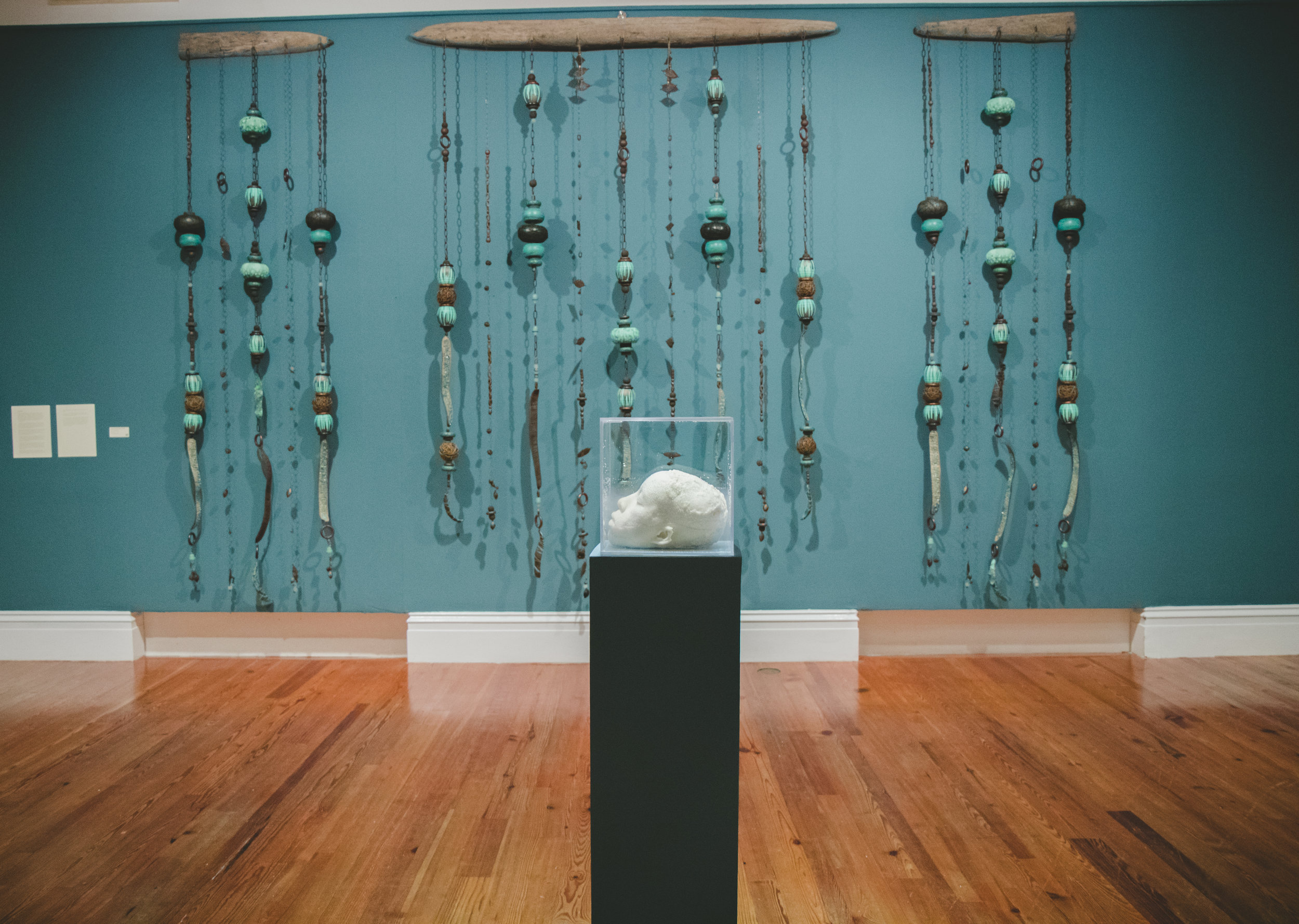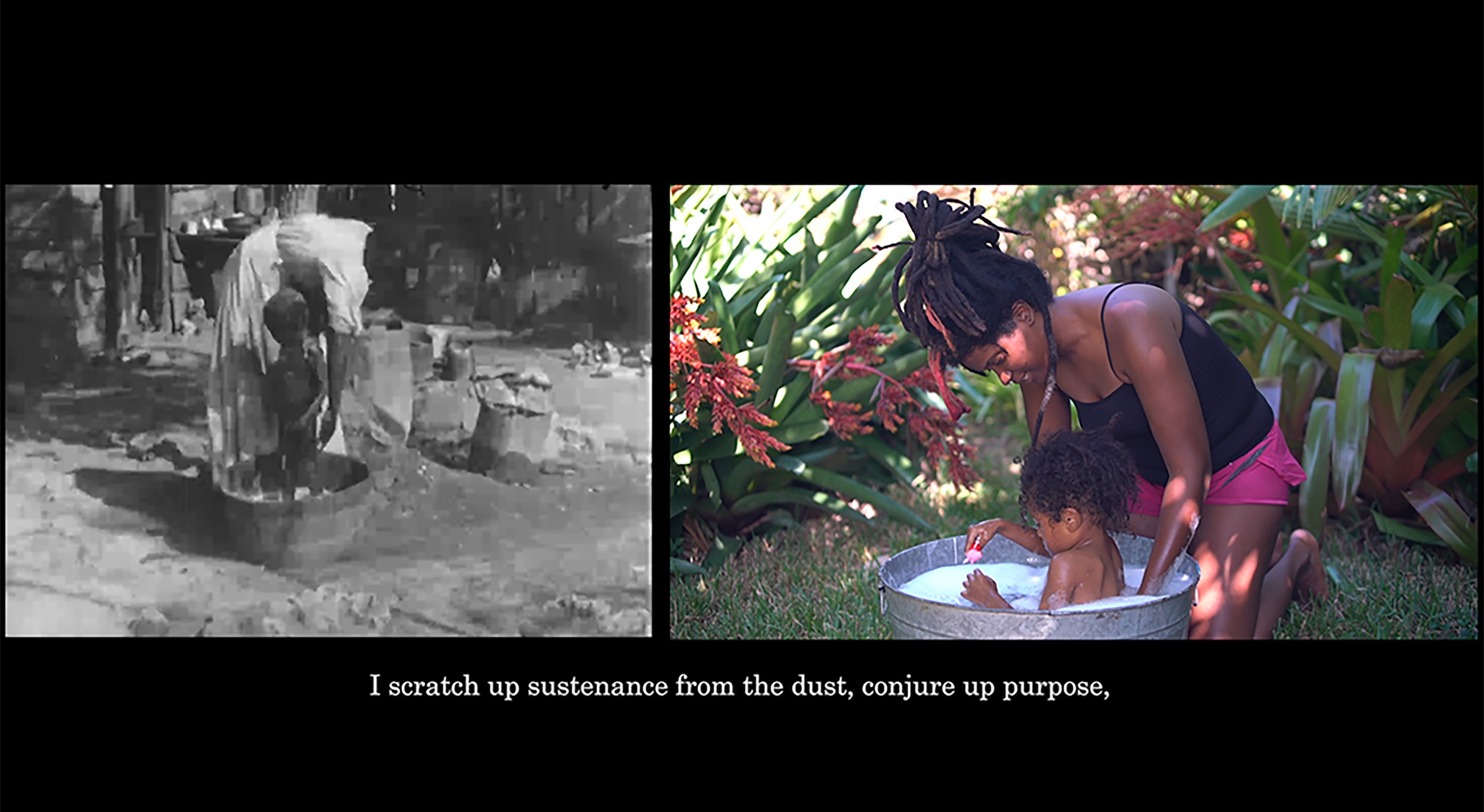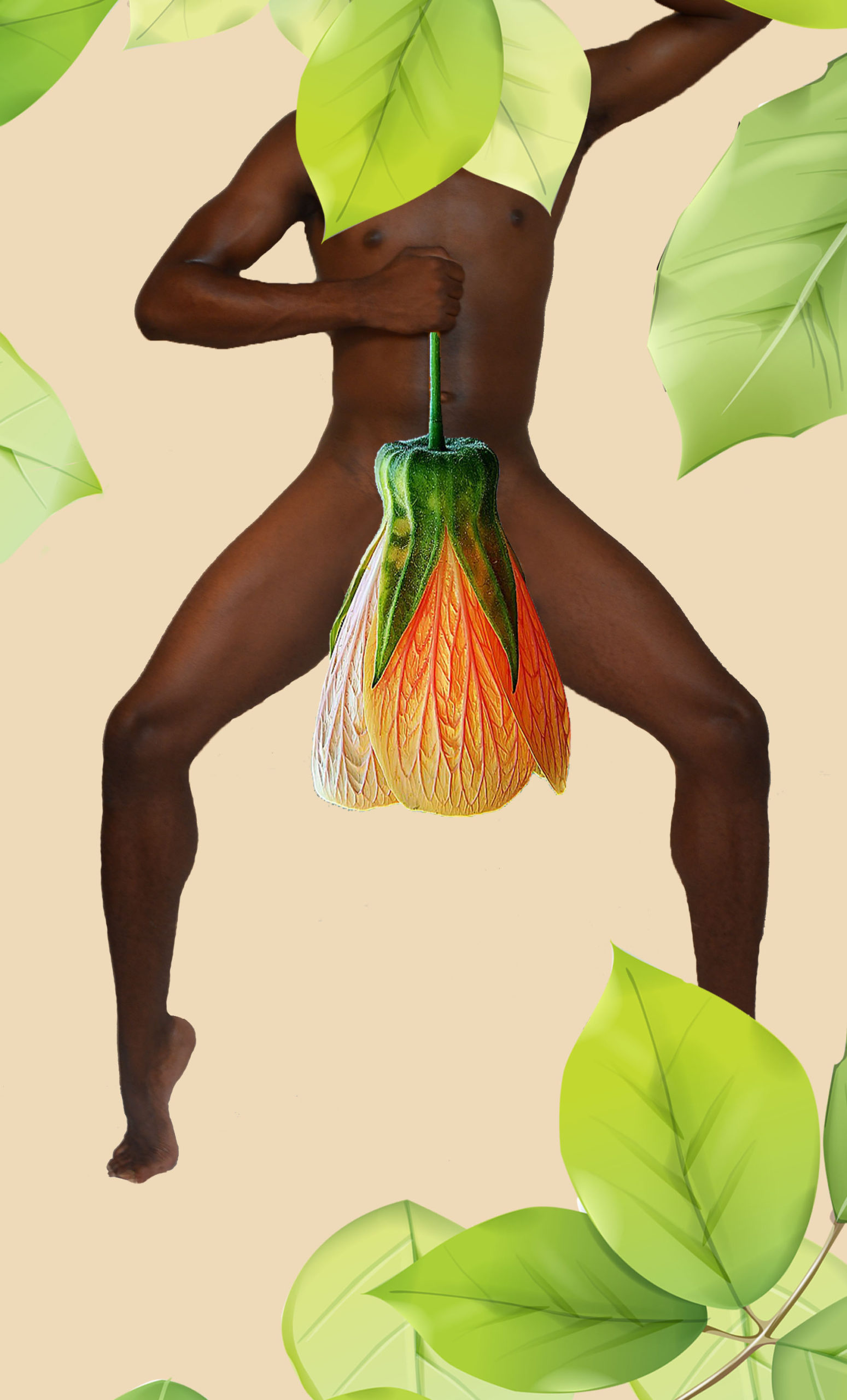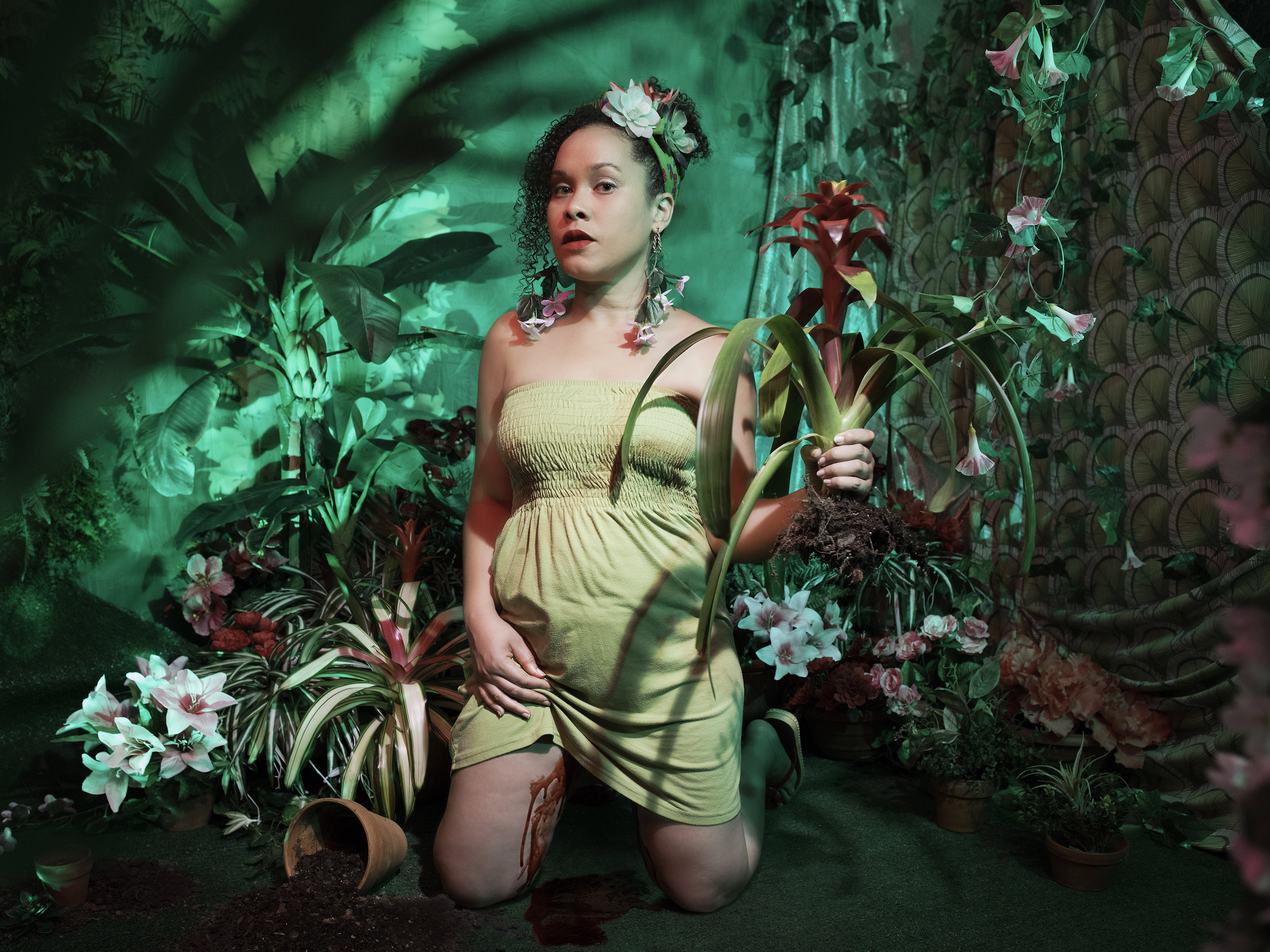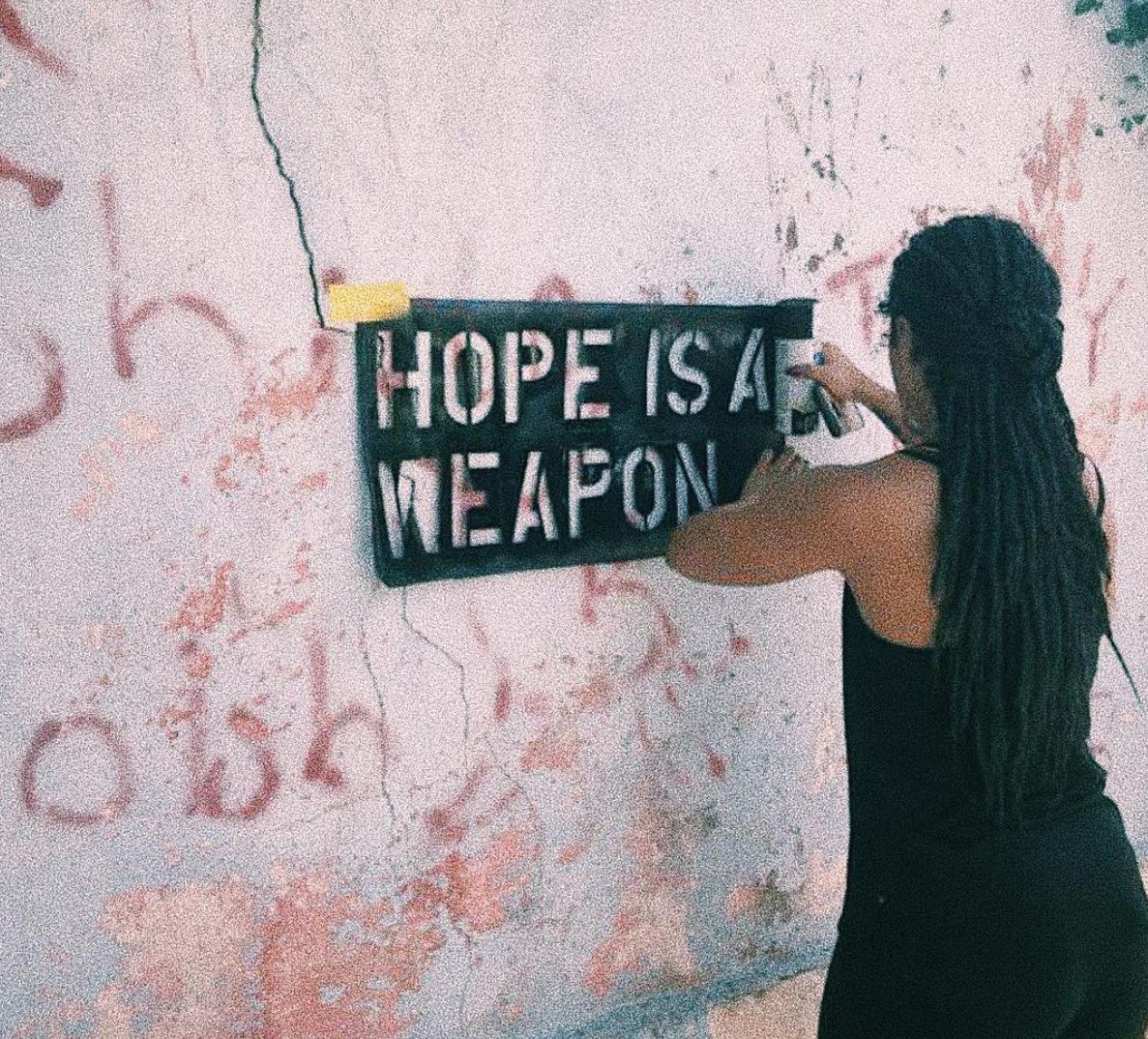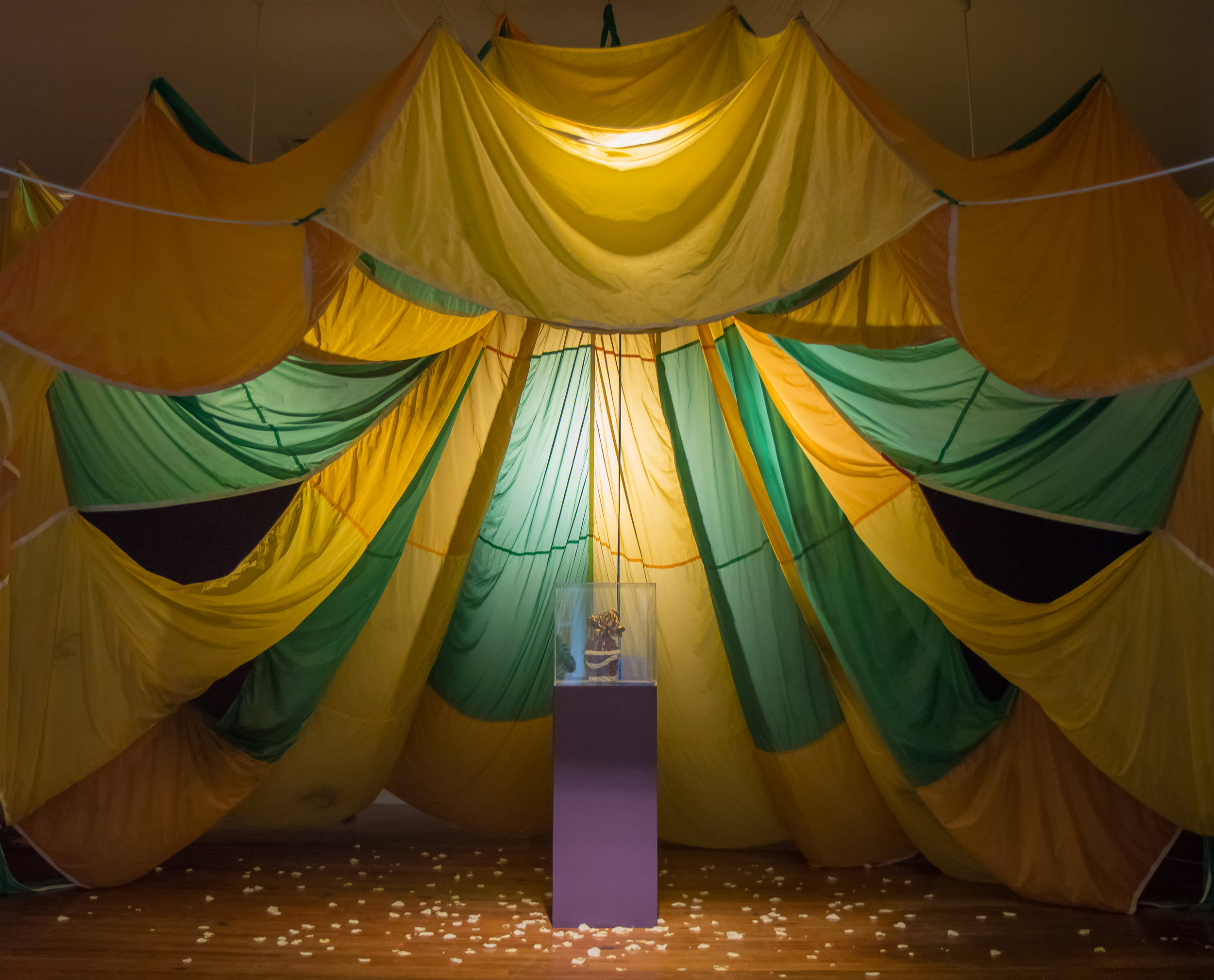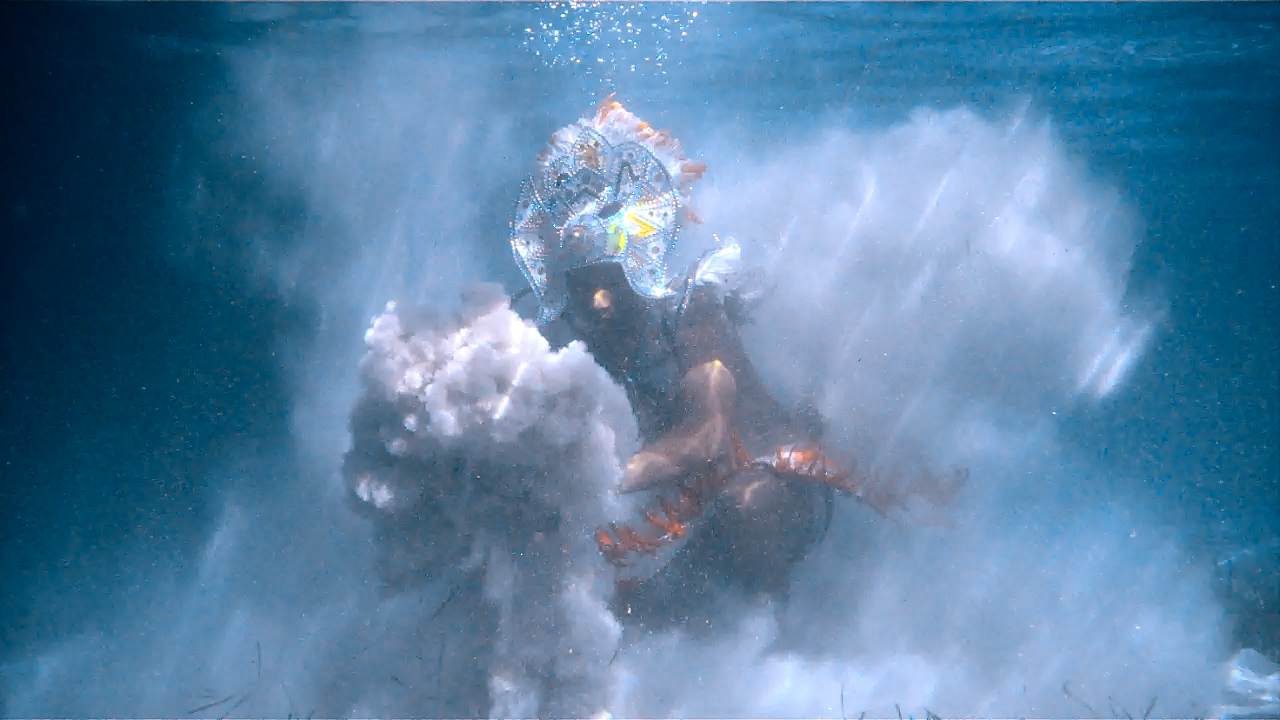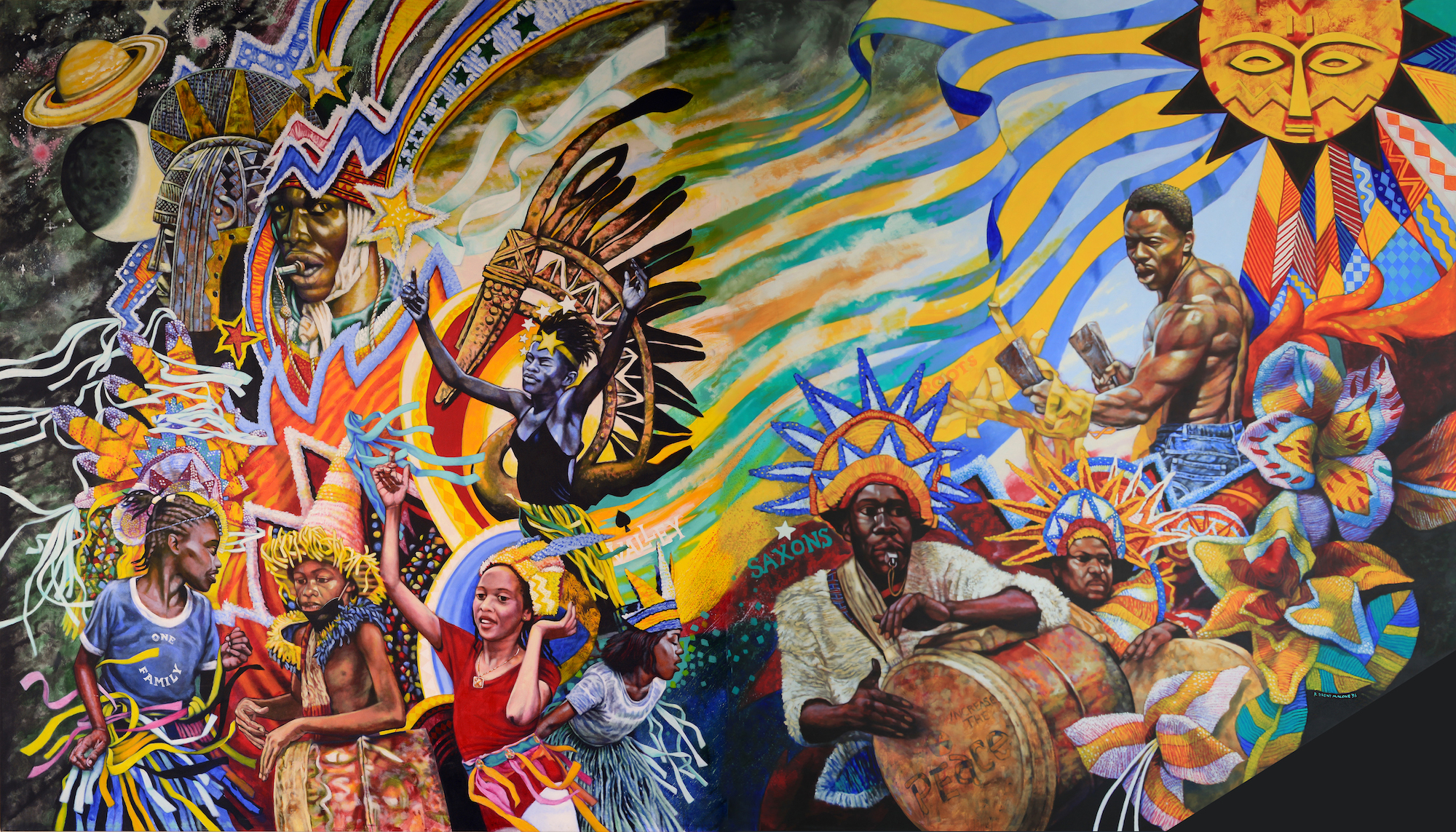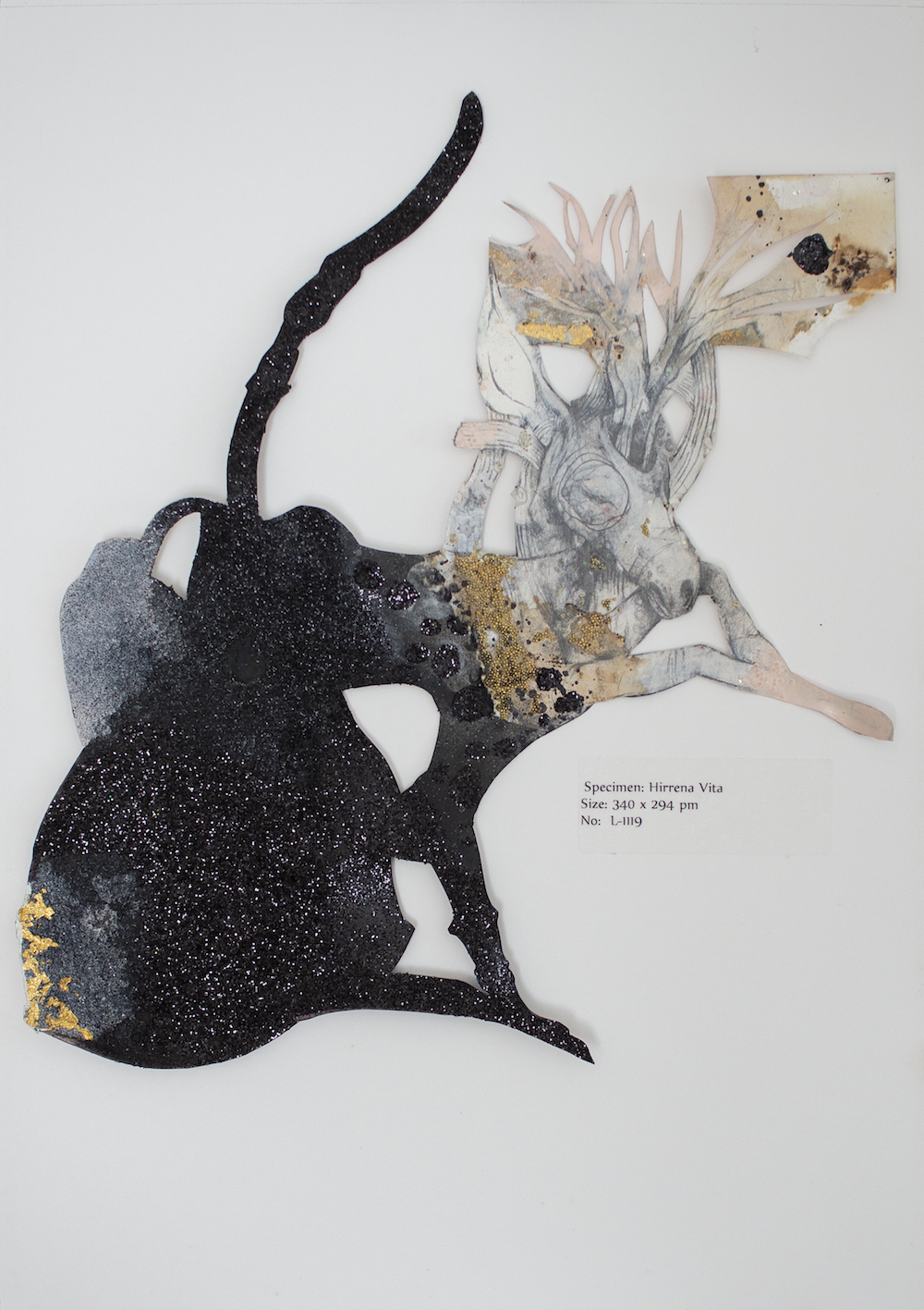By Kevanté A.C. Cash, NAGB Correspondent. Amid the cacophany of fragile male egos, speaking ever so loudly over the voices of the most vulnerable, the question arises: where can the disenfranchised go to feel safe and protected? To feel comfortable in one’s own skin? To be loved for themselves entirely, and not be used, abused, mistreated or abandoned? Organised religion, for years, has done a superb job in keeping the marginalised on the outskirts of the conversations that seeks to give them liberty. The marginalised meaning ‘the backbone of society’, the movers, makers, shakers and doers, the ones who are made to feel ashamed for how they express themselves and their sexualities. These people–women–I argue are the most disenfranchised group of individuals within society.
Currently browsing: Editorial
“Water: The giver and the taker of life”: Edrin Symonette’s “Salt of the Earth”
By Dr Ian Bethell-Bennett, The University of The Bahamas. Salt: pressed into flesh, brines and cures, drying left on lines, as flies land and enjoy a feast of decaying flesh; a colonial resource extracted from the spaces of the once far-flung regions of empire. Salt is a way of life; a natural resource abundantly available in the islands; the pain of enslaved Africans who laboured tirelessly in its corrosive briny suspension as they raked salt under hot sun. Their skin ulcered, backs bent and minds steeled against the dehumanisation of exploitation and enslavement.
“I ga’ gee’ you what you lookin’ for!”: Tamika Galanis gets to the heart of the Caribbean’s history of “looking”
By Natalie Willis, The National Art Gallery of The Bahamas. Who gets to write history? And, better still, who gets to interpret it, present it, share it to the masses? It’s a slippery question for the Caribbean, and arguably for most post-colonial countries. Much of what makes it so difficult to grasp is how the gaze is problematised in this region. In art and history in particular, “the gaze” as a concept is the way that our history, experiences and dominant narratives shape the way we see – in short, it is how our conditioning as a society influences the way we view ourselves and others. In particular, film and cinema capitalise on this with the way they place certain visual cues. At its best, it can be a way to build suspense and intensity in film, at worst – and as so often happens with Caribbean history – it can drive in a singular narrative on what is a very nuanced experience. Tamika Galanis’ Returning the Gaze: I ga gee you what you lookin’ for (2018) explores just that: representations of Blackness outside of a dated, colonial gaze.
Seeing the God in me: Jalan Harris’s “Self-Pollinate” and Cydne Coleby’s “A God Called Self” works
Field Notes on Planting Seeds in Uprooted Gardens
Everybody is hoping for something
The Architecture of Loss: Memorials, Memento Mori, and the Man from Milton Street
By Natalie Willis. “i learn urgently | the architecture of loss | then find you again.” ― Warsan Shire. Lavar Munroe’s “Memorials” series is an exercise in the architecture of loss, of remembering, and the residue of life we leave long after we are physically gone from this world. A parachute, a hand-made urn, and flowers are an unlikely pairing but help to braid together the strands of the story of a man’s life, but they also offer us a thread between worlds, between countries, between lives, and between times. Munroe–proud of his upbringing and regular reunions with the Grants Town community where he still holds a studio–spends much of his time these days travelling. Not unlike the parachute shown in “Return: The Magic Flight” (2018), he is uprooted, but he often finds his way back to the solid soil of this historic settlement in Nassau. The “nation’s navel” that is Bain and Grants Town have produced a number of historically significant figures in Bahamian history, and Lavar is well on his way to being a key fixture in Bahamian art history for years to come, if his current 10 year survey at the NAGB (with the proud and proclamatory title “Son of the Soil”) is any indication.
Murky Histories and Futures: “Digging Upward in the Sand” (2018) by Plastico Fantastico
By Natalie Willis. Forward, onward, digging upward in the sand, together. The 2018 “Double Dutch,” the 7th in the series of paired exhibitions, brings us questions on the future, on climate change, on what it means to govern a chain of 700 islands, and on what it means to lose an island’s culture from lack of infrastructure and intervention. “Digging Upward in the Sand” (2018) by the Plastico Fantastico Collective, stirs up these queries, worries, and troubling presents for us.
UBS Donates a National Treasure: The NAGB and the Bahamian people inherit a Malone masterpiece
By Malika Pryor-Martin. Art is a wondrous thing. It calls forth memories while speaking to our future self. A technician will produce something beautiful. A visionary – something transformative. R. Brent Malone was and accomplished both. He took Junkanoo, what he saw and correctly knew to be a rich, nuanced and electric expression and elevated an (already exquisite) art form, which for too many had been woefully under-appreciated and even mocked. Thanks to a recent act of incredible largesse by UBS, the NAGB was fortunate enough to add to the people’s collection, the National Collection. As Mary Rozell, Global Head UBS Art Collection, shared in a statement, “We are pleased to donate the Brent Malone mural, “Celebration: Spirit of Junkanoo”, originally commissioned for the lobby of the UBS office in Nassau, to the National Art Gallery of The Bahamas to make it available to the broader public in this region.” This massive canvas captures the movement, spirit and fiery intensity of the festival and the NAGB could not be more elated to announce this excellent news.
Strange Darknesses: Lavar Munroe’s sinister fantasy creatures in the “specimens” series.
By Natalie Willis. They may appear to be things of fantasy, with their glittering feathered wings, beads, embellishments, and horns adorning those who look to be less than the usual hooved suspects, but Lavar Munroe’s “Specimens” series find their footing in the real world through their presentation, and indeed through their representation. By investigating through fantasy and myth the repercussions and implications of the waves of colonialism on this landscape, first with Columbus, but also alluding to British colonialism with the museum-style classifications and taxonomies of these fair and strange imagined beasts, Munroe’s “specimens” give us a moment to really think beyond the horrific impact on humans and into the broader ecology of The Bahamas.
